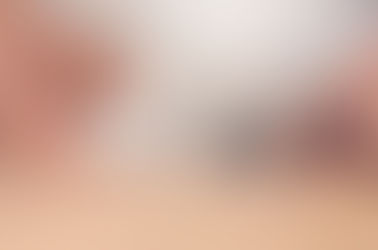Pediatric Acupuncture
- Kearstin R. Tripi, L.Ac
- Sep 14, 2023
- 2 min read

Acupuncture, an ancient healing practice that originated in China, has gained widespread recognition for its efficacy in addressing various health conditions in adults. However, its potential benefits for pediatric patients have also been gaining attention in recent years. This article explores how acupuncture can be a gentle and effective complementary therapy in treating various pediatric conditions, enhancing the well-being of our youngest patients.
Understanding Acupuncture:
Acupuncture is a traditional Chinese medical practice that involves the insertion of thin needles into specific points on the body. These points, known as acupuncture points, are believed to be interconnected along pathways called meridians, through which the body's vital energy or "Qi" flows. By stimulating these points, acupuncturists aim to restore balance and promote natural healing within the body.
Safety and Gentle Approach:
One of the primary reasons why acupuncture can be suitable for pediatric patients is its non-invasive nature. The needles used in pediatric acupuncture are extremely thin and gently inserted, minimizing discomfort during treatment. Furthermore, skilled acupuncturists are experienced in working with children and can create a comforting environment to ease any anxieties.
Pain Management:
Acupuncture has demonstrated its ability to provide effective pain relief in various conditions. For pediatric patients, this is particularly relevant, as children often face discomfort due to issues like musculoskeletal problems, headaches, or chronic conditions. Acupuncture can help alleviate pain and improve their overall quality of life.
Respiratory Conditions:
Pediatric respiratory conditions, such as asthma and allergies, can be challenging to manage. Acupuncture may be used as an adjunct therapy to conventional treatments, helping to reduce symptoms, enhance lung function, and decrease the frequency of asthma attacks or allergic reactions.
Gastrointestinal Issues:
Digestive problems are common in children, ranging from colic in infants to irritable bowel syndrome in older kids. Acupuncture can aid in soothing gastrointestinal discomfort and promoting better digestion, contributing to improved nutritional intake and overall growth.
Behavioral and Emotional Disorders:
Pediatric behavioral and emotional disorders, such as anxiety, ADHD, and depression, can significantly impact a child's life. Acupuncture can be used to address the underlying imbalances and promote emotional stability, enhancing the child's capacity to cope with stress and emotional challenges.
Immune Support:
Children are susceptible to frequent colds, infections, and immune-related issues. Acupuncture can help bolster a child's immune system, making them more resilient to illnesses and reducing the need for antibiotics in some cases.
Neurological Disorders:
In some instances, acupuncture has been used as an adjunct therapy for certain neurological conditions in children, such as cerebral palsy or epilepsy. It is essential to work collaboratively with healthcare providers to ensure comprehensive care and safety.
Acupuncture is a time-tested healing modality that can offer a gentle and effective treatment approach for pediatric patients. By addressing a wide range of conditions, from pain management to respiratory issues and emotional challenges, acupuncture complements conventional medical care, enhancing the overall well-being of children. As with any medical intervention, it is crucial to consult with qualified practitioners and healthcare providers to tailor treatments to the unique needs of each child. With this holistic approach, the potential benefits of acupuncture can be harnessed to provide a better quality of life for our young ones.

























Comments